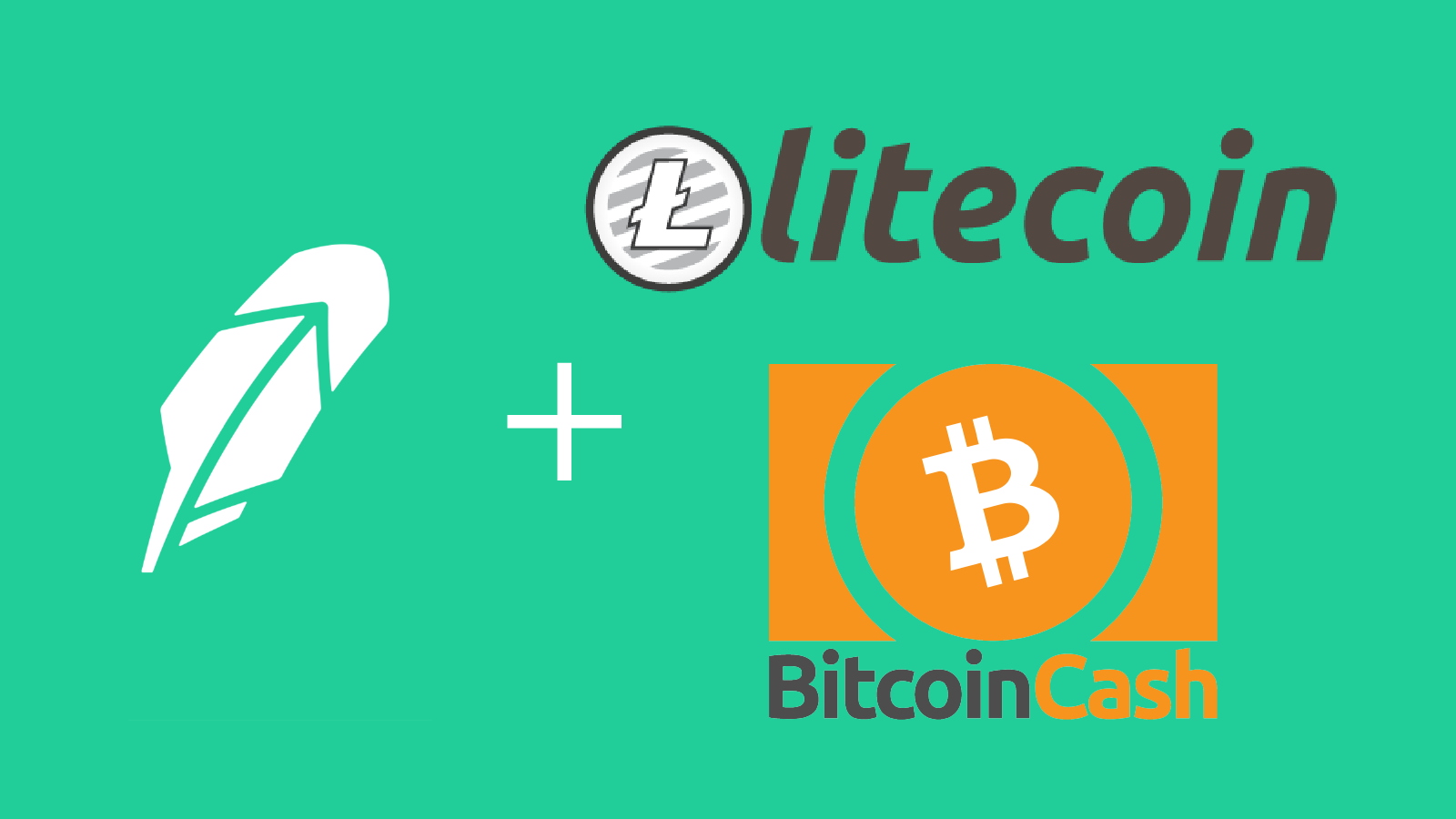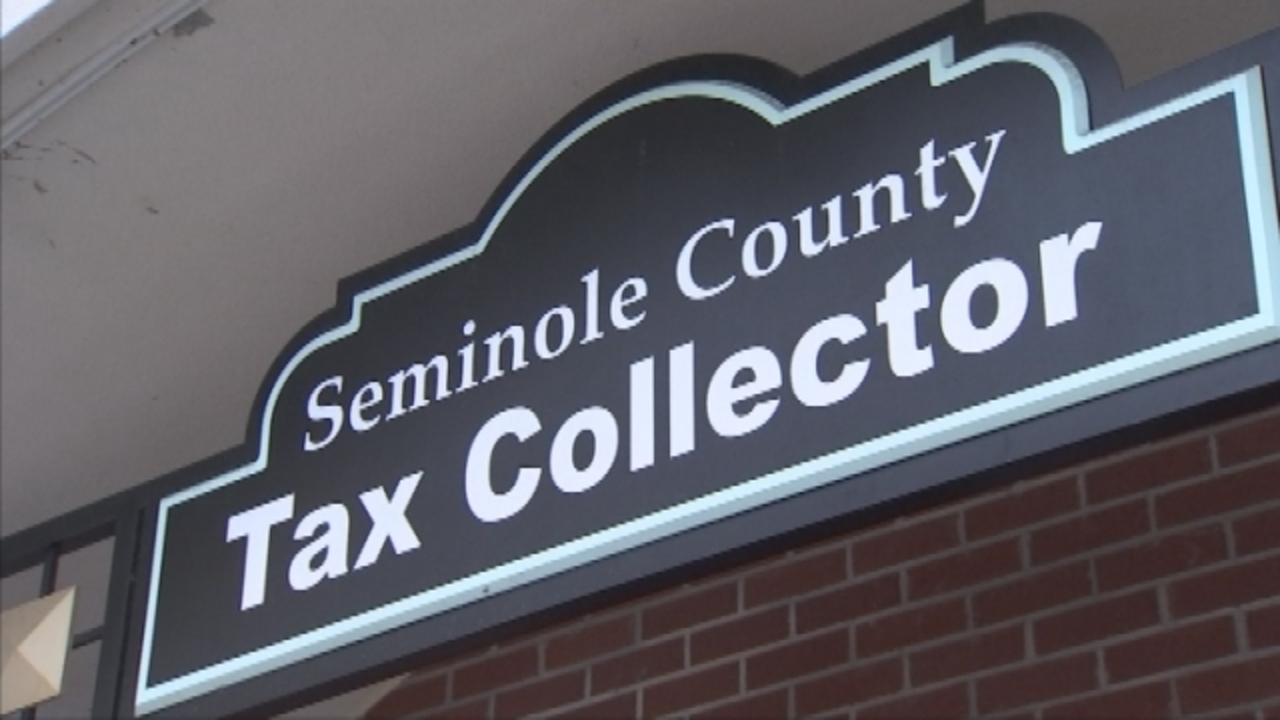Let’s look into BCG’s report on asset tokenization in crypto winter.
Read on to learn more about this and how asset tokenization comes into the equation.
Crypto Winter and Its Impact
Crypto is volatile. It has been like this for some time. In 2021, there was a 70% drop in BTC and a 75% dip in ETH. Market capitalization reduced to over one trillion dollars. In 2018, we experienced extreme price changes, leading to Crypto Winter.
Retail trading and DeFi projects experienced a decline in activity. The trading volume of DEXs decreased, leading to a decrease in TVL. So, crypto companies laid off some staff and paused the hiring process. Coinbase, Gemini, and Bitpanda laid off staff and stopped hiring.
Source: BCG Report
Amidst all these challenges, something came to the rescue: On-chain asset tokenization. Illiquid assets such as property, art, and private equity become liquid when tokenized. Regulators and companies can take advantage of asset tokenization. They can tokenize their assets and create new income-generating means.
For example, the Monetary Authority of Singapore (MAS) has recently employed an asset tokenization pilot. It is an intelligent move towards asset tokenization. MAS achieved this by collaborating with JP Morgan, DBS Bank, and Marketnode.
Understanding Asset Tokenization
The majority of real-world assets are illiquid. Illiquid assets are those assets that are difficult to convert into cash. Such assets trade at a lower price than the current assets, and their turnover rate is much lower. They include real estate, natural resources, and private equities.
REITs and ETFs allow investors to own units of large investment portfolios. You can invest in a diversified portfolio without owning the underlying assets. REITs and ETFs are more appropriate for effective markets for public high-tech products.
Source: BCG Report
Tokenization Landscape
On-chain asset tokenization connects real-world assets with digital tokens on the blockchain. Tokens represent the ownership of these physical assets. These tokens often ensure that ownership is valid, unalterable, or identifiable.
These tokenized assets are either fungible or non-fungible. Fungible assets are interchangeable, and non-fungible assets are discrete entities. Tokenization broadens the range of assets, participants, and supervision.
Fungible tokenized assets are like fiat currencies, tokenized securities, and cryptocurrencies. Their value is equal, and you can split them into portions if you want to. Non-fungible tokenized assets, such as paintings, real estate, and collectibles, are unique. You cannot replace them with other tokens. Such diversity enables issuing assets as tokens for use on blockchain networks.
Source: BCG Report
Mechanics of On-Chain Asset Tokenization
The process involves five key steps:
- Assemble the ecosystem
Use technology and an extensive network of providers to develop a customized solution. It includes custody, KYC/AML providers, legal, marketing, advisory, and tax services.
- Register the underlying asset and configure the token
All you have to do is make the asset available for tokenization on the blockchain network. The issuer and platform provider will decide on the number of registered assets.
- Set compliance rules
Encode compliance rules into smart contracts for faster processing and lower fees. These rules determine who can hold the token. It also determines the number of investors and transfer conditions.
- Store, manage, and distribute the token
A custody service can manage your assets and distribute your tokens. It will make it easier to transfer tokens between customers within the platform. This practice will allow for flexibility between mass marketing and selective trading.
- Execute corporate actions
Automating tasks makes things easier and reduces the errors associated with these processes. You can cut possible failure costs by distributing shares and recording changes.
Source: BCG Report
Advantages of On-chain Asset Tokenization
On-chain asset tokenization offers several advantages. They include:
- Improves affordability
It allows people to buy small portions of significant investments, like hedge funds. On-chain tokenization attracts more investors to a platform. It brings more people into the investment circle.
- Enables borderless accessibility
Blockchain technology enables the conversion of assets into tradeable digital tokens. With this, investors can trade across several borders and improve market liquidity.
- Unlocks liquidity and flexibility
On-chain asset tokenization enables the early trading of assets before maturity. Early investments lead to early returns. As an investor, with tokenization, you can get your returns before the market gets crowded. For instance, one can stake future revenues from a piece of farmland in tokens
- Enforces transparency and accountability
On-chain asset tokenization is transparent and efficient in handling its tokens and assets. The decentralized nature of blockchains protects all transactions and verifies your ownership rights. Tokenization of assets reduces the level of fraud and brings about more credibility.
- Streamlines transaction efficiency
The blockchain is famous for fast, low-cost transactions. It also offers identity verification and asset management on one platform. You need not move to a different platform to verify your identity. You can do it all on one platform.
- Ensures better price discovery
It eliminates intermediaries’ charges and enhances the marketplace’s efficiency. Tokenization is a win-win proposition for investors. It provides better pricing and lowers expenses beyond eradicating intermediaries.
Source: BCG Report
Conclusion
On-chain asset tokenization represents a significant opportunity to unlock liquidity. It is also an opportunity to access a wide range of assets. It could reshape traditional investment markets and open new possibilities for investors worldwide.
Tokenization removes the illiquid and ineffective asset ownership layer. It provides the potential for a better-connected financial system. As the regulators put solutions in place, asset management and investments seem promising. Here is the second article.
Disclaimer
The information discussed by Altcoin Buzz is not financial advice. This is for educational, entertainment, and informational purposes only. Any information or strategies are thoughts and opinions relevant to the accepted levels of risk tolerance of the writer/reviewers and their risk tolerance may be different than yours. We are not responsible for any losses that you may incur as a result of any investments directly or indirectly related to the information provided. Bitcoin and other cryptocurrencies are high-risk investments so please do your due diligence. Copyright Altcoin Buzz Pte Ltd.


































